Understanding the Silent Role of the “Sunshine Vitamin”
Introduction
Vitamin D, often called the “sunshine vitamin,” is essential for the healthy growth and development of children. It plays a vital role in bone health, immune function, and overall physical development. Despite its importance, vitamin D deficiency is surprisingly common in children worldwide, especially in regions with limited sun exposure, poor nutrition, or high levels of indoor living. Left unaddressed, this deficiency can significantly hinder a child’s growth and lead to serious health problems.
What Is Vitamin D and Why Is It Important?
Vitamin D is a fat-soluble vitamin that helps the body absorb calcium and phosphorus—two minerals crucial for building strong bones and teeth. There are two main forms:
- Vitamin D2 (ergocalciferol): Found in plant-based foods.
- Vitamin D3 (cholecalciferol): Produced in the skin when exposed to sunlight and found in animal-based foods.
The liver and kidneys convert vitamin D into its active form, which regulates calcium levels in the blood and supports bone mineralization.
Sources of Vitamin D
- Sunlight: UVB rays trigger vitamin D production in the skin.
- Dietary sources: Fatty fish (like salmon and tuna), egg yolks, liver, fortified milk, cereals, and orange juice.
- Supplements: Often recommended when natural sources are inadequate.
Symptoms of Vitamin D Deficiency in Children
- Delayed growth or short stature
- Frequent bone fractures
- Bowed legs or skeletal deformities (rickets)
- Muscle weakness
- Dental problems
- Irritability or mood changes
- Delayed motor milestones in infants
How Vitamin D Deficiency Affects Growth and Development
1. Bone Health and Skeletal Growth
Vitamin D is essential for calcium absorption. Without it, children can’t build strong bones. This can lead to:
- Rickets: A condition that causes soft and weak bones, leading to bowed legs, thick wrists and ankles, and delayed tooth eruption.
- Osteomalacia: Poor bone mineralization that can increase fracture risk.
2. Muscle Development
Children deficient in vitamin D often experience:
- Muscle aches and weakness
- Delayed motor skill development (sitting, crawling, walking)
3. Immune System Function
Vitamin D helps regulate the immune system, protecting against infections. Deficiency may:
- Increase susceptibility to respiratory infections (like colds, flu, and pneumonia)
- Contribute to autoimmune conditions in later life
4. Cognitive and Behavioral Impact
Emerging research suggests links between vitamin D deficiency and:
- Attention deficit hyperactivity disorder (ADHD)
- Autism spectrum disorders
- Mood disorders such as depression
5. Height and Final Adult Stature
Children with long-term deficiency may fail to reach their genetically predicted adult height due to impaired bone growth during crucial development periods.
Risk Factors for Deficiency in Children
- Living in areas with limited sunlight (northern latitudes, high pollution, or cultural clothing covering skin)
- Darker skin (more melanin reduces vitamin D production)
- Premature birth
- Exclusive breastfeeding without vitamin D supplementation
- Limited intake of vitamin D-rich foods
- Obesity (vitamin D is stored in fat and less bioavailable)
Diagnosis and Testing
If a child shows symptoms or has risk factors, a doctor may order:
- 25(OH)D blood test: The most accurate way to measure vitamin D levels.
- Normal range: 20–50 ng/mL
- Deficiency: <20 ng/mL
- Severe deficiency: <12 ng/mL
Treatment and Prevention
1. Sun Exposure
- Let children play outside for 10–30 minutes, a few times per week.
- Exposure to hands, arms, and face is usually enough.
- Avoid overexposure to prevent sunburn or skin damage.
2. Dietary Changes
Encourage foods high in vitamin D:
- Fortified milk and cereal
- Eggs
- Cheese
- Mushrooms exposed to sunlight
- Fatty fish (e.g., salmon, sardines)
3. Supplementation
- For infants: 400 IU/day from birth if breastfed.
- For children and teens: 600–1000 IU/day depending on deficiency severity and medical advice.
Conclusion
Vitamin D deficiency is a silent but significant threat to children’s healthy growth and development. It not only affects bones but also influences muscles, immunity, and even brain function. The good news is that it’s preventable and treatable with proper sunlight exposure, nutrition, and supplements when needed.
Parents, caregivers, and healthcare providers should work together to ensure children receive adequate vitamin D to help them grow into strong, healthy adults.
Did You Know?
- Just 15 minutes of midday sun can help produce enough vitamin D for the day.
- Vitamin D is actually a hormone, not a traditional vitamin!
ABOUT THE AUTHOR
Dr. Nora West is a highly skilled MBBS doctor with a special interest in women’s health and patient education. She is dedicated to providing compassionate care and believes in building strong doctor–patient relationships based on trust and understanding. Dr. Nora focuses on empowering her patients with the knowledge they need to make informed decisions about their health. She is particularly passionate about preventive medicine, nutrition, and lifestyle interventions that can significantly improve quality of life. Known for her warmth and professionalism, Dr. Nora combines evidence-based medicine with a personalized approach, ensuring every patient feels supported on their journey to better health.



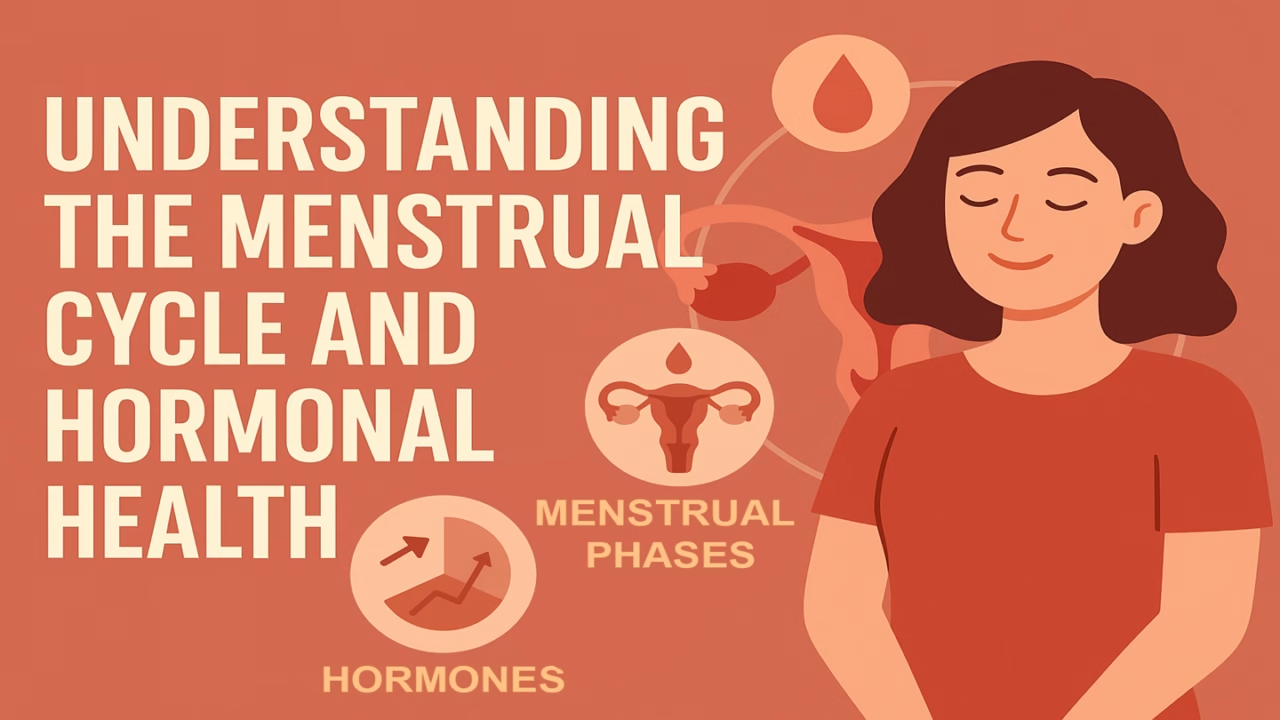




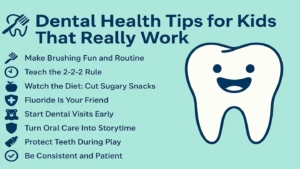


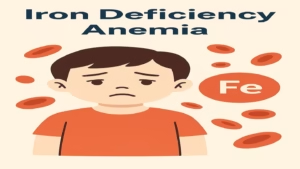

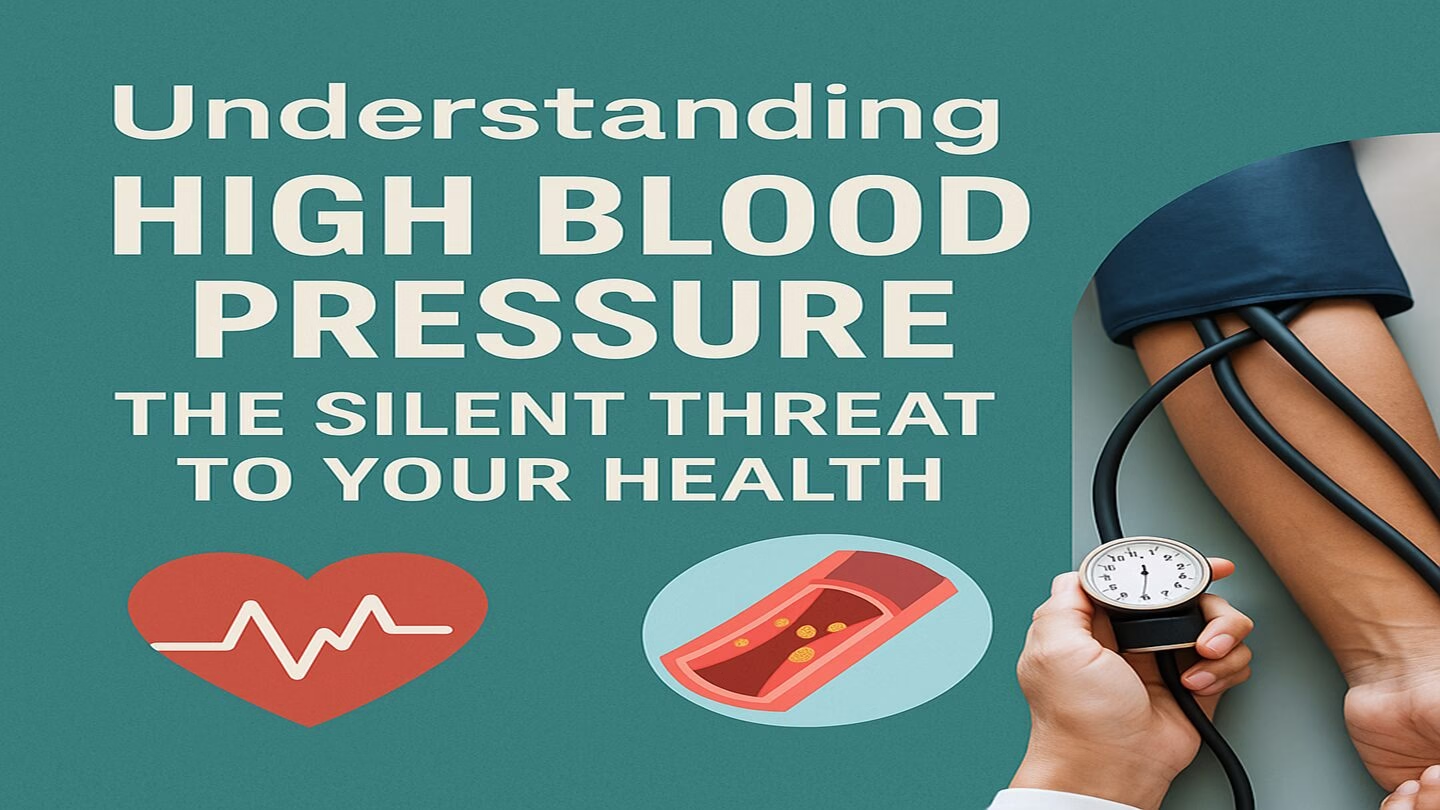

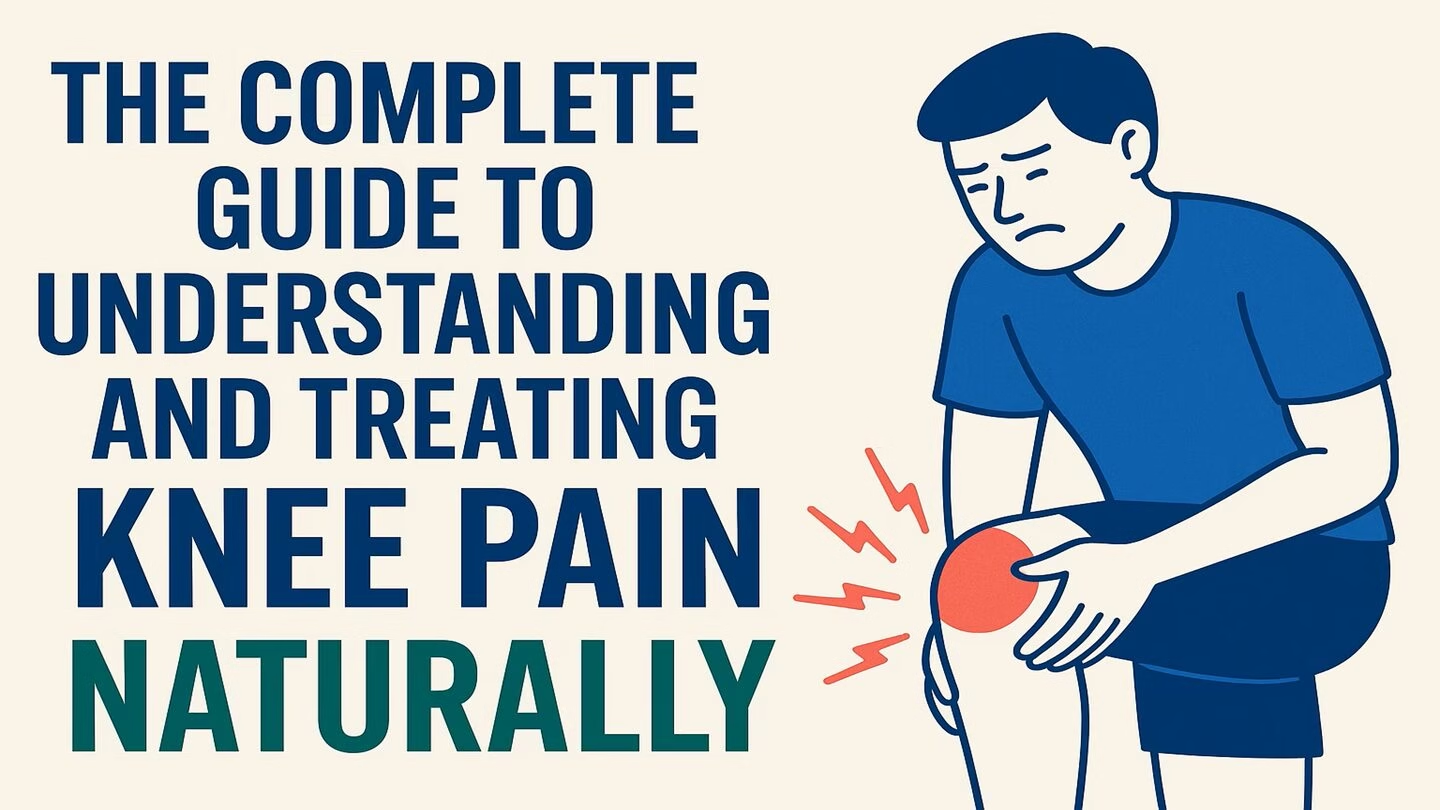


Add comment